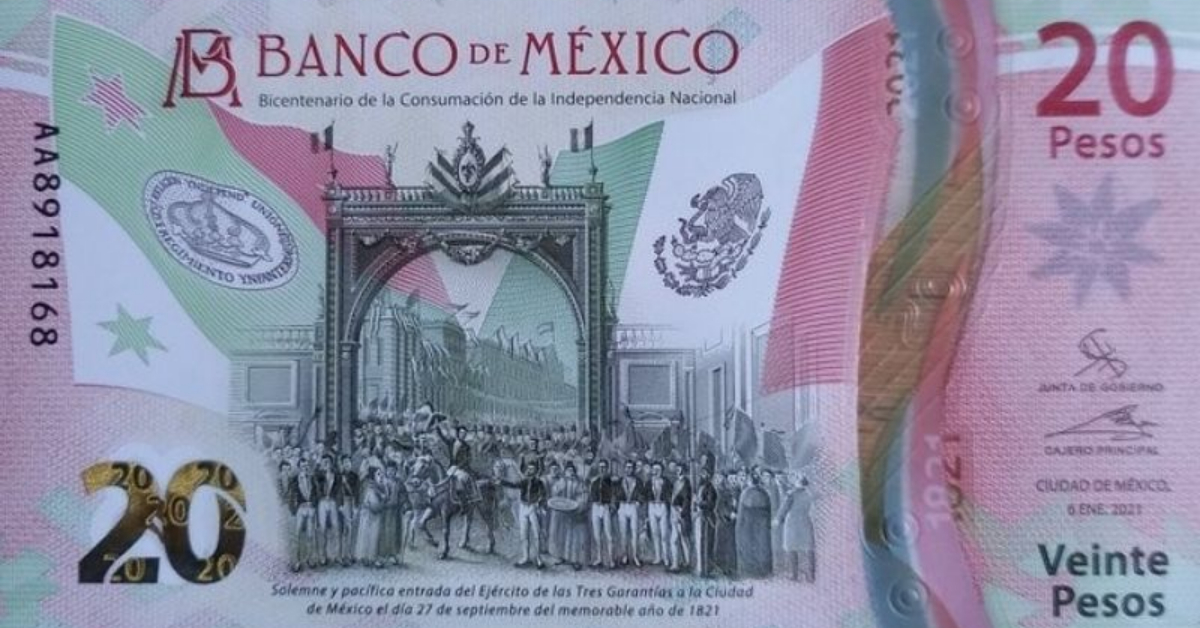The peso-dollar exchange rate opened the session with a depreciation of 0.69 percent, or 13.2 cents, trading at 19.24 pesos per dollar. The exchange rate touched a minimum of 19.1112 and a maximum of 19.3098 pesos, driven by heightened risk aversion both locally and internationally.
Global Tensions Impacting Markets
The primary driver of global risk aversion stems from escalating tensions in the Middle East. Over the weekend, the Israeli military conducted airstrikes in southern Lebanon, targeting rocket launchers reportedly preparing for an attack. In retaliation, Hezbollah launched over 320 rockets at 11 Israeli military bases. The exchange of hostilities has heightened concerns about a broader regional conflict, with Hezbollah’s Secretary-General, Hassan Nasrallah, stating that the group reserves the right to carry out additional attacks.
The potential for the conflict to expand across multiple countries in the region poses a significant threat to international trade routes through the Middle East, particularly affecting the global oil supply. Consequently, the commodities market reflected these concerns, with WTI oil prices rising by 2.86 percent to $76.96 per barrel. Additionally, industrial metals saw gains, with aluminum up 2.50 percent, copper advancing 1.73 percent, and nickel increasing by 0.93 percent. Gold also saw an uptick of 0.48 percent, trading at $2,524.69 per ounce, approaching its historic high of $2,531.75.
Further exacerbating the situation, Libya’s eastern government announced a halt in the country’s oil production and exports due to intensified conflict with the Tripoli government over control of the central bank. This development adds further upward pressure on global oil prices.
Domestic Risks Adding to Peso’s Depreciation
Domestically, the Mexican peso’s depreciation is also fueled by concerns over potential institutional changes. Last Friday, the Constitutional Points Commission approved a reform opinion that could dismantle several autonomous regulatory bodies in Mexico, including the Federal Economic Competition Commission (COFECE), the Federal Telecommunications Institute (IFT), the Energy Regulatory Commission (CRE), and the National Hydrocarbons Commission (CNH). The possible dissolution of these entities raises concerns about the lack of independent arbitrators in matters of economic competition, which could jeopardize Mexico’s trade relations with the United States and Canada under the United States-Mexico-Canada Agreement (USMCA). The institutional reforms, expected to be approved by the new legislature in September, could become significant pressure points during the USMCA review scheduled for July 2026.
Adding to these concerns, the draft opinion of the Judicial Branch reform is set to be discussed and voted on in the Constitutional Points Commission. The general opinion will be addressed this Monday at 11:00 a.m., with reservations to be discussed on Tuesday. The likelihood of these reforms being passed has increased following the National Electoral Institute (INE) announcement of the composition of the next legislature. Morena and its allies have secured a majority in both the Chamber of Deputies and the Senate, giving them the power to push through these reforms.
Peso Impacted by Global Currency Movements
The Mexican peso’s depreciation is also influenced by its inverse relationship with the Japanese yen, which appreciated by 0.28 percent, trading at 143.97 yen per dollar. The yen’s strengthening diminishes the attractiveness of maintaining carry trade positions, further pressuring the peso.
In the broader context of global currencies, the Hungarian forint, Norwegian krone, Polish zloty, and Mexican peso were among the currencies that depreciated the most, each losing around 0.69 percent. In contrast, the Malaysian ringgit, Taiwanese dollar, Israeli shekel, Indonesian rupiah, and Japanese yen were among the currencies that appreciated, with gains ranging from 0.28 to 0.60 percent. The U.S. dollar saw a slight advance of 0.15 percent, according to the weighted index.
Pemex Leadership Appointment Awaited
In domestic political developments, President-elect Claudia Sheinbaum is expected to appoint the next CEO of Petróleos Mexicanos (Pemex) today. This appointment is crucial, given Pemex’s ongoing financial challenges, which include approximately $100 billion in financial debt, $29 billion in debt to suppliers, and $80 billion in labor liabilities. Pemex’s financial situation continues to be a significant burden on Mexico’s public finances, requiring constant infusions of resources.
Global Market Performance Mixed
Global stock markets presented mixed results. In Asia, the Japanese Nikkei 225 fell by 0.66 percent, and the Shanghai CSI 300 declined by 0.09 percent, marking losses in four of the last five sessions. However, Hong Kong’s Hang Seng index gained 1.06 percent, closing at its highest level since July 15.
In Europe, the STOXX 600 registered a modest gain of 0.13 percent, with the French CAC 40 and London FTSE 100 advancing by 0.22 percent and 0.48 percent, respectively, while the German DAX saw a slight loss of 0.14 percent.
In the United States, the Dow Jones and S&P 500 posted gains of 0.15 percent and 0.12 percent, respectively, while the Nasdaq 100 recorded a marginal loss of 0.11 percent. Market optimism in the U.S. is buoyed by expectations that the Federal Reserve may begin cutting interest rates at its next meeting on September 18.
Peso Outlook
For the remainder of the session, the exchange rate is expected to fluctuate between 19.18 and 19.39 pesos per dollar.
Money and Debt Market Movements
In the U.S. bond market, the yield on 10-year Treasury notes decreased by 1.8 basis points to 3.78 percent, reflecting the global shift toward safer assets amid rising geopolitical tensions.
Derivatives Market Overview
In the derivatives market, a one-month call option to hedge against a peso depreciation beyond 20.00 pesos per dollar has a premium of 1.38 percent, granting the right to purchase dollars at that level. Meanwhile, interbank forward rates for the peso stand at 19.3056 at one month, 19.7591 at six months, and 20.3145 pesos per dollar at one year.
The peso-dollar exchange rate opened the session with a depreciation of 0.69 percent, or 13.2 cents, trading at 19.24 pesos . . .












